Feeding the land from
the sea FOR CLEANER AIR

Burping cows are a major contributor to global warming. Methane is released whenever cows belch. And with a global herd of more than 3 billion animals, contemporary agriculture is the world’s largest source of man made methane production with a warming effect greater than all the world’s cars, planes and ships combined. But what if there was a way to stop cows from burping?
Adding just 0.4% supplement of Asparagopsis seaweed to cattle feed is shown to cut methane outputs up to 99% while increasing yields. But with such a vast global herd, we need to find a way of growing Asparagopsis at a massive scale that is both sustainable and practical.
Which is why CleanEyre Global is researching the most effective and sustainable way of bringing the Asparagopsis benefit to producers.
Canada
Townsville, Queensland Australia
South Australia
Asparagopsis, Armata which grows in temperate waters.
Asparagopsis,Taxiformis which grows in tropical and subtropical waters.
South Australia
South Australia





